Central banks are starting to raise rates – what does that mean for your money?
Central banks across the globe are starting to raise interest rates as inflation gathers pace. John Stepek explains what it means for your long-term portfolio.
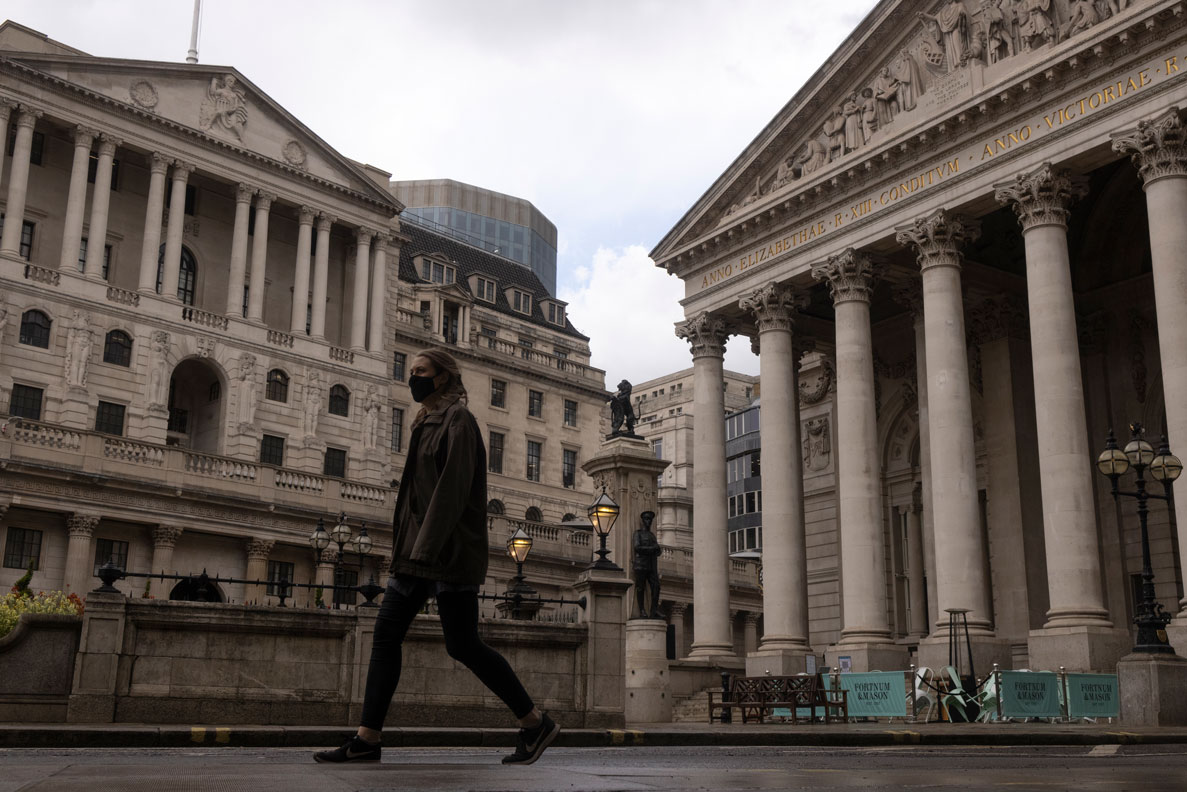

You might have missed it, but a central bank actually raised interest rates this month.
Last week, Iceland’s central bank became the first in western Europe to actively tighten monetary policy since the pandemic began.
You’ll now get a whole 1% if you stick your money in an Icelandic savings account (in theory – yes I know some of you still bear the scars from last time).
MoneyWeek
Subscribe to MoneyWeek today and get your first six magazine issues absolutely FREE

Sign up to Money Morning
Don't miss the latest investment and personal finances news, market analysis, plus money-saving tips with our free twice-daily newsletter
Don't miss the latest investment and personal finances news, market analysis, plus money-saving tips with our free twice-daily newsletter
The thing is, it’s not just Iceland. Quite a few central banks are now muttering about hiking rates.
So what does that mean for markets?
Central banks are starting to tighten
Iceland’s central bank raised interest rates this month. If we put aside the pandemic and the post-2008 general fear of tighter monetary policy, and just look at the economic data, it’s very obvious why it did so.
Inflation in Iceland is sitting at 4.6%; the bank targets 2.5%. Wages and house prices are rising, half of the adult population has had at least one jab, and the economy is set to grow by 3% this year and 5% the next.
Given all that, you can see how even the newly-raised interest rate of 1% might not seem overly restrictive.
Of course, Iceland isn’t the only economy which seems to be running hotter than its key interest rate would suggest. In fact, there are a great many such economies, and lots of them are now starting to think about tightening up.
So far this week, the central banks in New Zealand and South Korea have both called time on emergency monetary policy. The Bank of Canada did the same last month by scaling back its quantitative easing, and earlier this month, Norway confirmed it expects to raise rates later this year.
Our own Bank of England is also forecasting a much stronger economic recovery than it had previously expected, which in turn suggests earlier tightening, although the Bank has also been at pains to emphasise how conditional this all is.
Similarly, the bigger central banks are being much more cagey about how they discuss interest rate changes. The Federal Reserve, America’s central bank, has been very keen to emphasise its patience and the importance of employment data, partly because it is worried about a re-run of the 2013 “taper tantrum”.
The European Central Bank (ECB) meanwhile has been similarly keen to talk down prospects of higher rates or fewer bond purchases. This makes particular sense in the case of the ECB, as it’s always much harder to get the machinery rolling one way or the other when you have such a diverse group of nations jockeying for attention.
However, even in the absence of a clear desire to start increasing interest rates, investors now expect both the Federal Reserve and the Bank of England to raise rates a lot earlier than they did just a few months ago, notes Bloomberg. In fact, markets had expected the Bank of England to be cutting rates in late 2022, whereas now they’re expecting a rate hike. They also don’t see the ECB cutting rates any further.
China’s central bank, meanwhile, is indicating that it doesn’t mind the fact that the yuan is sitting at its strongest level against the dollar for years. There are many factors behind that, but it at least partly suggests that the authorities are more concerned about inflation than they are about growth.
In short, monetary policy – in terms of expectations – is already getting tighter.
Inflation is still the biggest long-term threat to your portfolio
This all helps to explain why the more speculative “growth” assets – the most interest-rate sensitive ones – have had a bit of a wobble this year in particular.
It also helps to explain why the US dollar has been getting weaker over the past couple of months, as the Fed lags behind much of the rest of the world in terms of perceived “hawkishness”.
And it also helps to explain why gold in particular has done well at a time when bitcoin (nicknamed “gold 2.0”) has had a much rougher period.
The question now is: what happens next?
For now, it looks as though markets are a little less worried about inflation than they were earlier this year. That concern probably peaked around about when it became the biggest fear of fund managers in Bank of America’s most recent global fund manager survey.
This easing of concern is partly down to the wave of mild tightening across the globe. If central banks are mostly now not ignoring inflation, then investors will be less concerned that it’s going to take off.
Does that mean we can stop worrying about it? Well, no.
What you have to remember here is this: none of this is about the absolute level of rates, or even the direction of rates. It’s about where central banks are relative to what’s going on in the “real” world.
Remember that prior to 2008, interest rates in most developed markets were a good way above inflation. So “real” interest rates were positive virtually all of the time.
Today, “real” interest rates are negative almost everywhere and have been for a long time. And if inflation keeps rising while rates remain the same, or just go up a bit slower, “real” rates will in fact fall.
It will be a bumpy ride. Obviously, you can never predict the future even at the best of times. Right now, there is an awful lot of extra noise in the data.
However, central banks – and the Fed in particular – are still erring very much on the side of caution. Politicians (and electorates) are in no mood for talk of public spending cuts. So the longer-term bias is towards central banks being “behind” the curve rather than ahead of it.
That in itself is a major shift, and one that doesn’t actually require us to hit rampant or even double-digit inflation to be disruptive to portfolios.
We’ve been writing a lot about this in MoneyWeek magazine and we’ll be writing a lot more on it. If you’re not already a subscriber, get your first six issues free when you sign up here.
Get the latest financial news, insights and expert analysis from our award-winning MoneyWeek team, to help you understand what really matters when it comes to your finances.
John Stepek is a senior reporter at Bloomberg News and a former editor of MoneyWeek magazine. He graduated from Strathclyde University with a degree in psychology in 1996 and has always been fascinated by the gap between the way the market works in theory and the way it works in practice, and by how our deep-rooted instincts work against our best interests as investors.
He started out in journalism by writing articles about the specific business challenges facing family firms. In 2003, he took a job on the finance desk of Teletext, where he spent two years covering the markets and breaking financial news.
His work has been published in Families in Business, Shares magazine, Spear's Magazine, The Sunday Times, and The Spectator among others. He has also appeared as an expert commentator on BBC Radio 4's Today programme, BBC Radio Scotland, Newsnight, Daily Politics and Bloomberg. His first book, on contrarian investing, The Sceptical Investor, was released in March 2019. You can follow John on Twitter at @john_stepek.
-
 London claims victory in the Brexit wars
London claims victory in the Brexit warsOpinion JPMorgan Chase's decision to build a new headquarters in London is a huge vote of confidence and a sign that the City will remain Europe's key financial hub
-
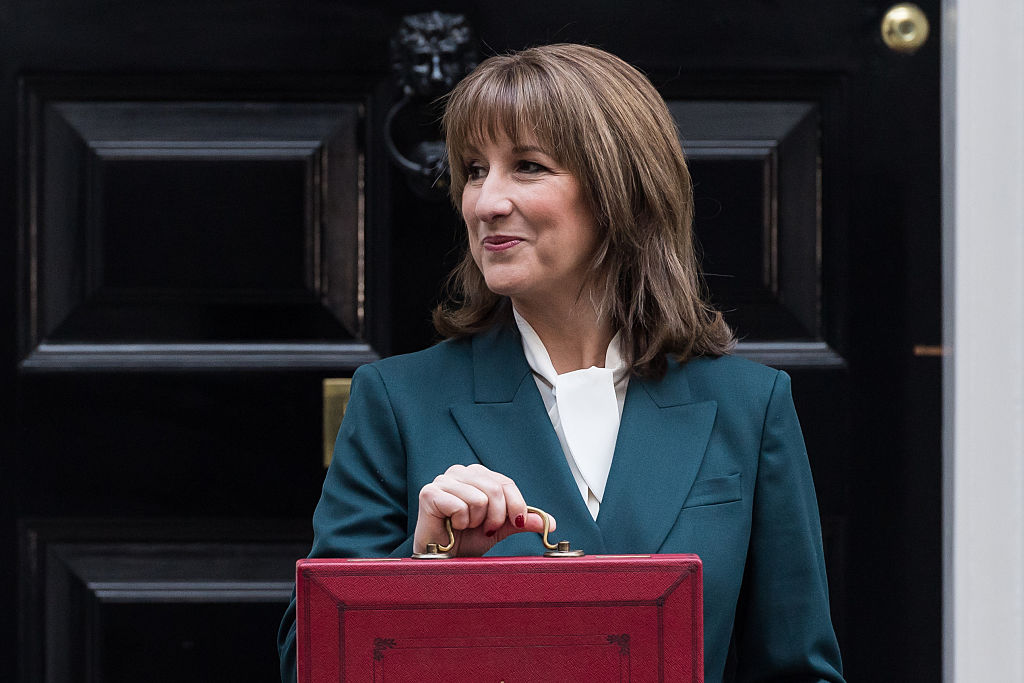 Rachel Reeves's Autumn Budget: What it means for the UK
Rachel Reeves's Autumn Budget: What it means for the UKOpinion A directionless and floundering government has ducked the hard choices at the Autumn Budget, says Simon Wilson
-
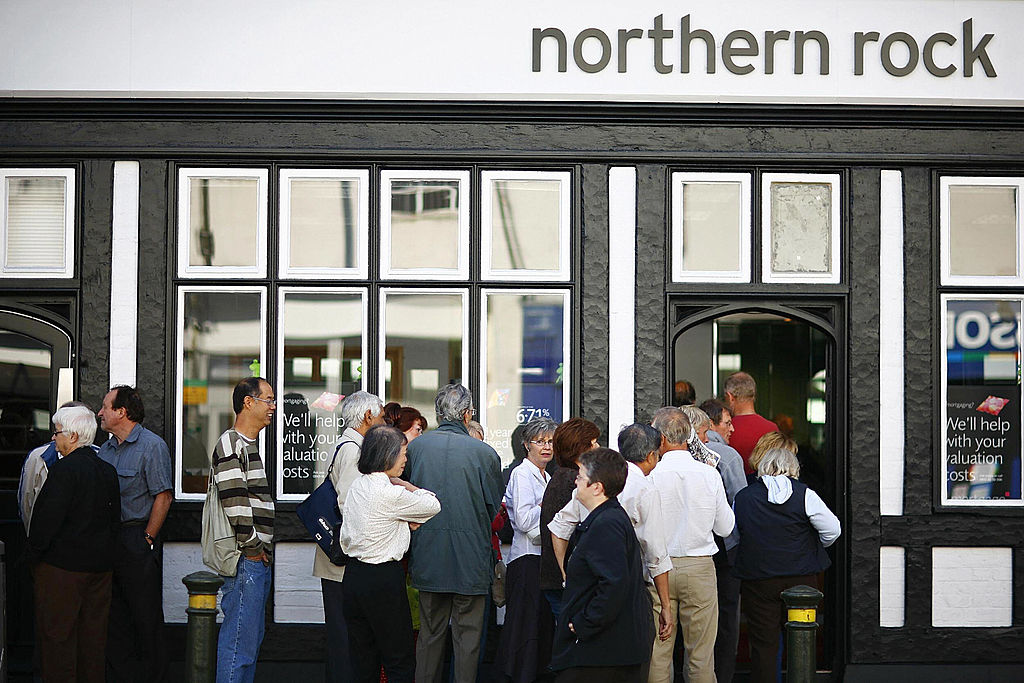 How have central banks evolved in the last century – and are they still fit for purpose?
How have central banks evolved in the last century – and are they still fit for purpose?The rise to power and dominance of the central banks has been a key theme in MoneyWeek in its 25 years. Has their rule been benign?
-
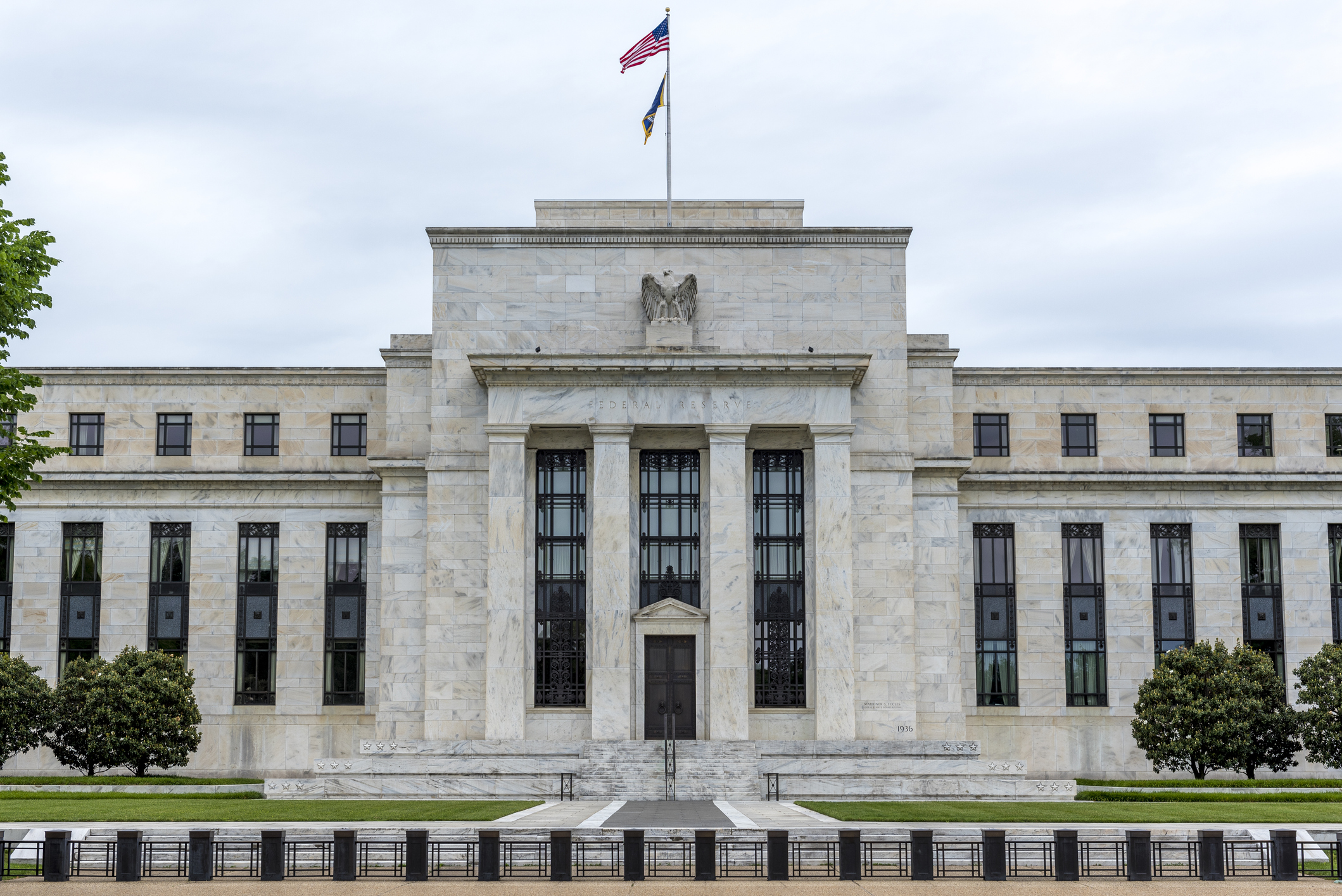 'Governments are launching an assault on the independence of central banks'
'Governments are launching an assault on the independence of central banks'Opinion Say goodbye to the era of central bank orthodoxy and hello to the new era of central bank dependency, says Jeremy McKeown
-
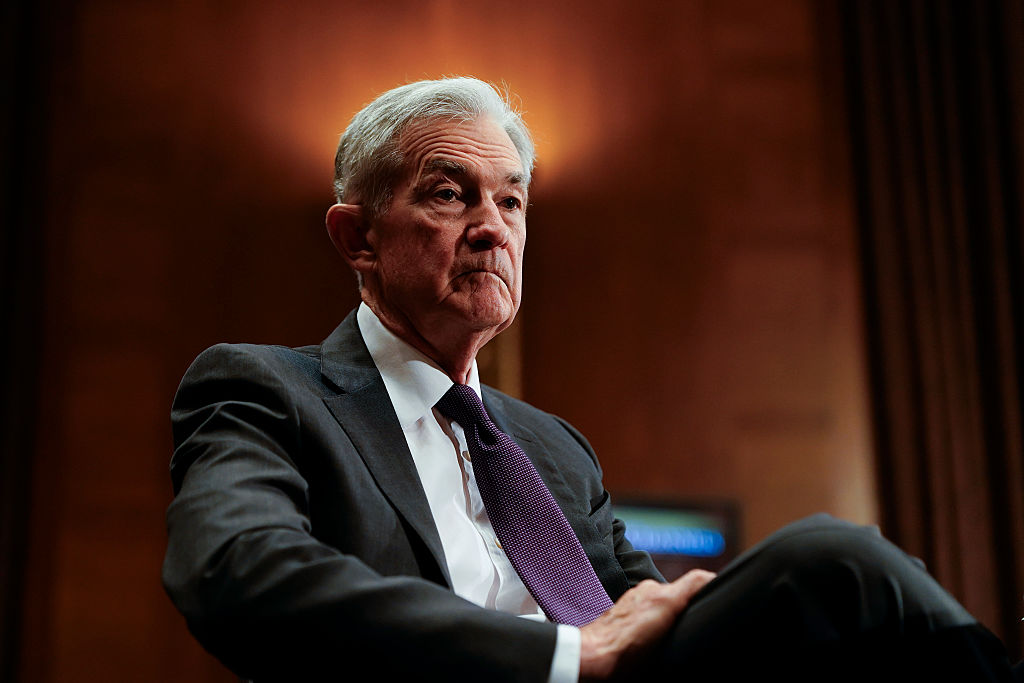 Will Donald Trump sack Jerome Powell, the Federal Reserve chief?
Will Donald Trump sack Jerome Powell, the Federal Reserve chief?It seems clear that Trump would like to sack Jerome Powell if he could only find a constitutional cause. Why, and what would it mean for financial markets?
-
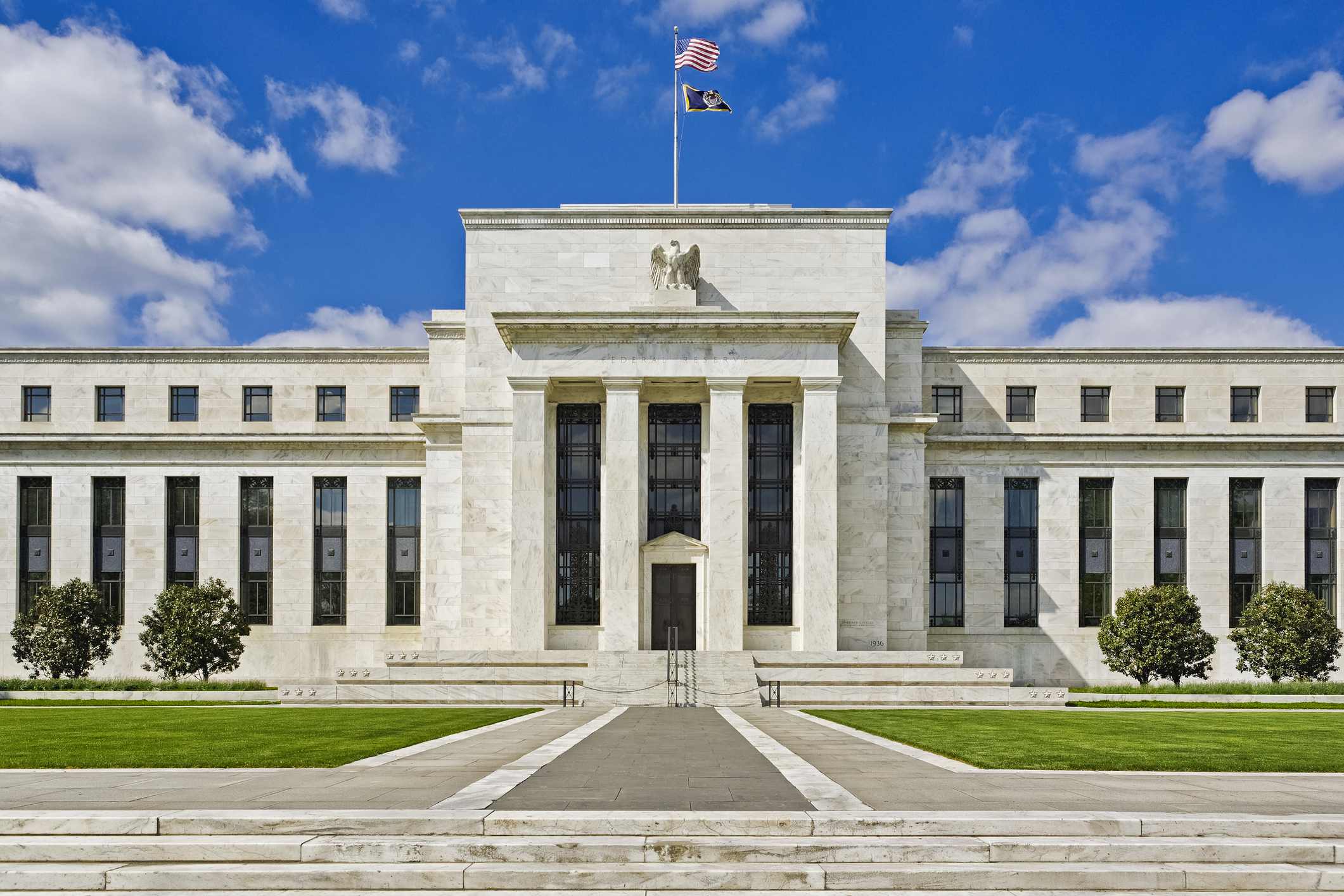 Do we need central banks, or is it time to privatise money?
Do we need central banks, or is it time to privatise money?Analysis Free banking is one alternative to central banks, but would switching to a radical new system be worth the risk?
-
 Will turmoil in the Middle East trigger inflation?
Will turmoil in the Middle East trigger inflation?The risk of an escalating Middle East crisis continues to rise. Markets appear to be dismissing the prospect. Here's how investors can protect themselves.
-
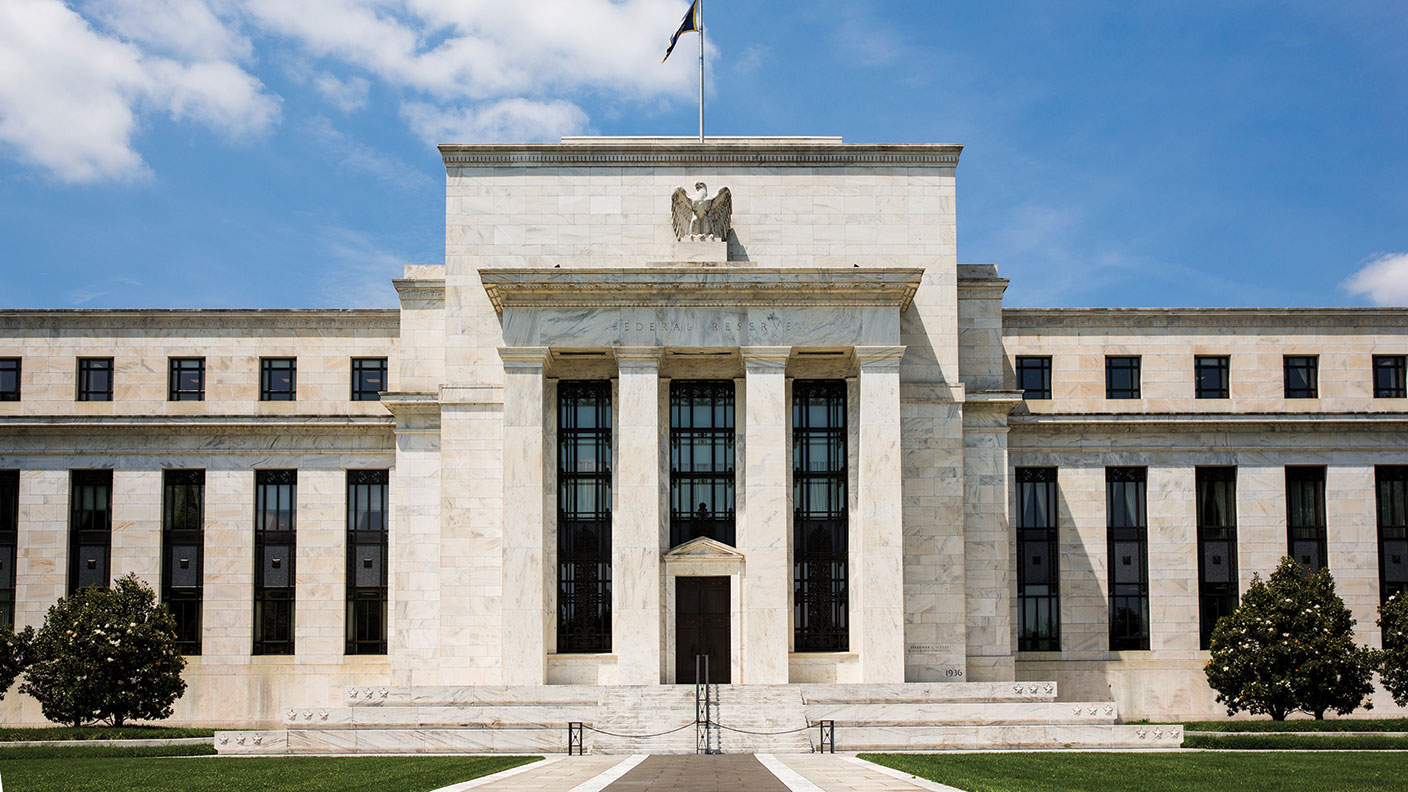 Federal Reserve cuts US interest rates for the first time in more than four years
Federal Reserve cuts US interest rates for the first time in more than four yearsPolicymakers at the US central bank also suggested rates would be cut further before the year is out
-
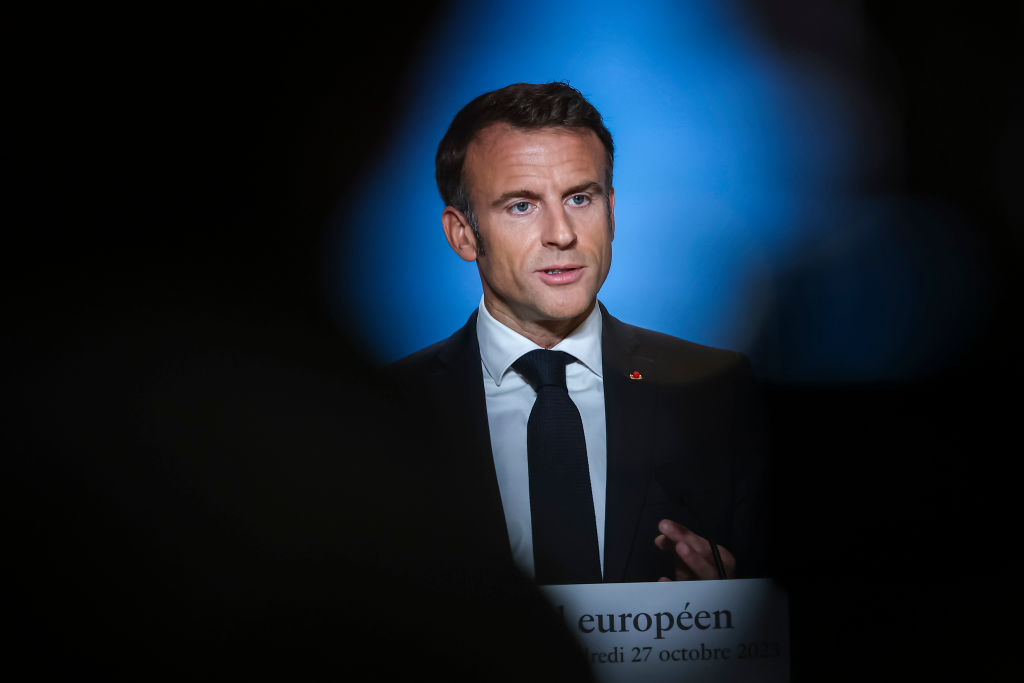 The French economy's Macron bubble is bursting
The French economy's Macron bubble is burstingCheap debt and a luxury boom have flattered the French economy. That streak of luck is running out.
-
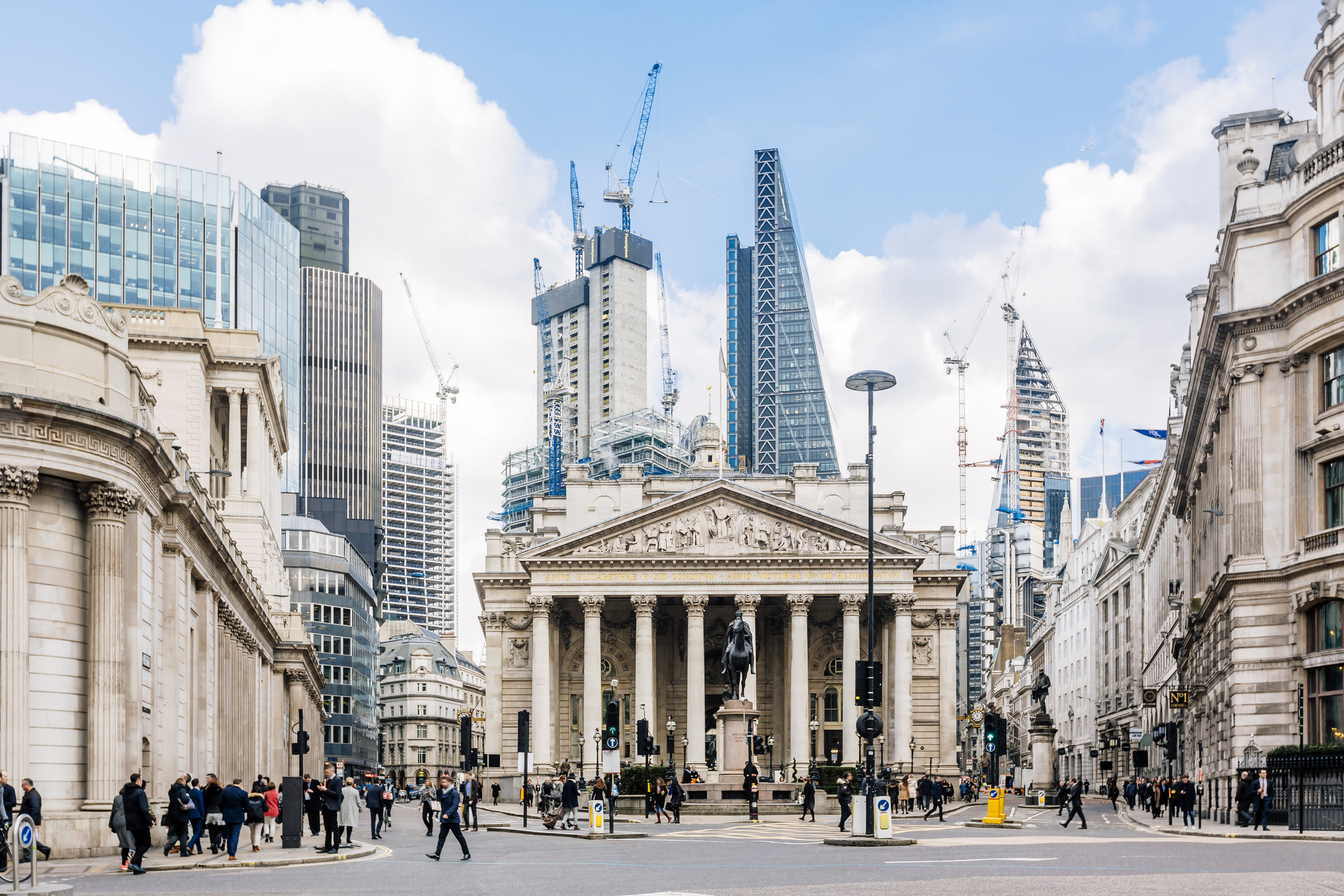 The Bank of England can’t afford to hike interest rates again
The Bank of England can’t afford to hike interest rates againWith inflation falling, the cost of borrowing rising and the economy heading into an election year, the Bank of England can’t afford to increase interest rates again.
